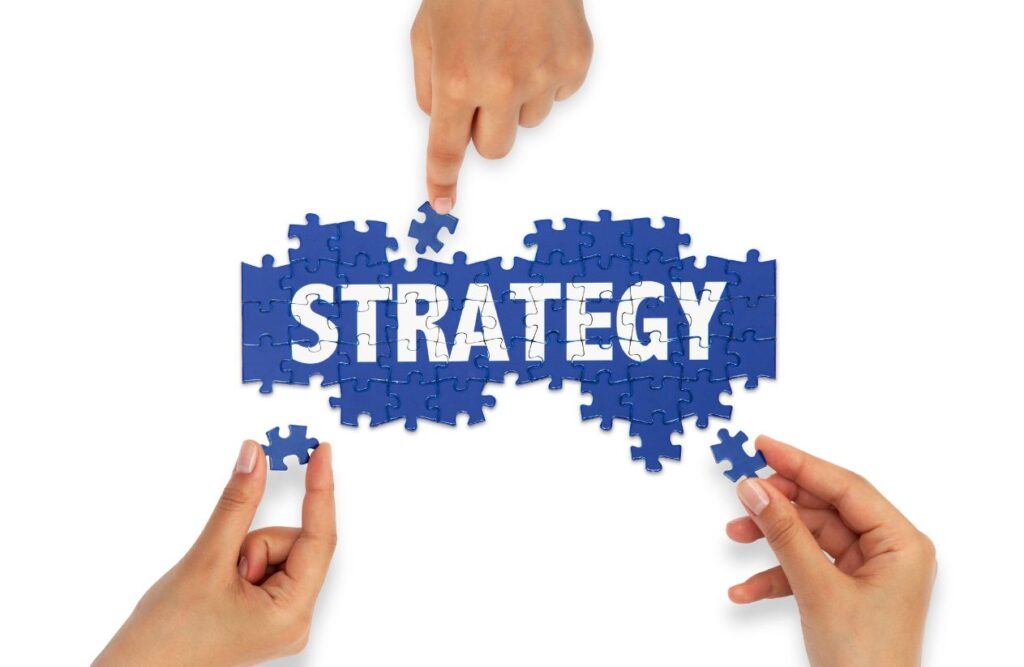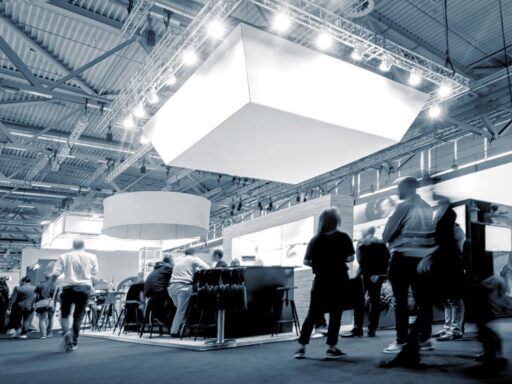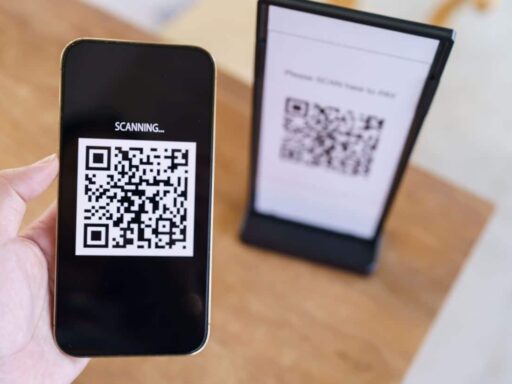Table of Contents
Defining Experiential Events: Engaging Your Audience in Unique Ways

Experiential events have evolved from mere gatherings to immersive experiences that engage audiences in a way traditional events cannot.
At the core, these events are designed to create a lasting impact by providing unique, interactive environments where participants not only observe but actively engage with the brand, product, or message being presented.
The hallmark of a successful experiential event lies in its ability to forge an emotional connection, turning attendees into active participants and, ultimately, brand ambassadors.
Creating Immersive Environments
The first step in designing an experiential event is creating an environment that transports attendees away from their everyday lives.
This involves meticulous planning and creativity, incorporating elements like virtual reality, augmented reality, live performances, and interactive installations.
These technologies and art forms can transform a space into a different world, one that tells a story and allows participants to live it.
Remember, the goal is to create an atmosphere that encourages engagement and interaction at every turn, making the experience memorable and shareable.
Personalization at Its Best
A key aspect of engaging your audience is personalization. In today’s digital age, attendees expect experiences that cater not just to a crowd, but to each individual.
Utilizing data analytics and wearable technology, event planners can tailor experiences, recommendations, and interactions to individual preferences and behaviors.
From personalized greetings upon entry to interactive sessions that adapt to audience responses in real-time, personalization makes participants feel valued and deepens their connection to the event.
The Power of Storytelling
At the heart of every experiential event is storytelling. This isn’t just about narrating a story; it’s about creating an environment where attendees can become part of the narrative.
Effective storytelling involves a clear and compelling message, creativity in delivery, and opportunities for attendees to contribute to the narrative.
Whether it’s through a guided journey throughout the event space, participation in a live-action scenario, or contributions to a communal project, embedding storytelling into the fabric of the event enables a deeper engagement and more meaningful memories.
In conclusion, the ultimate aim of experiential events is to engage audiences in unique and personal ways, creating unforgettable experiences that resonate on an emotional level.
Through immersive environments, personalization, and storytelling, event professionals can captivate participants, fostering a deep connection to the brand or message at hand.
Key Elements of Successful Experiential Events for Performers and Organizers

Experiential events have become a cornerstone in creating immersive and memorable experiences for attendees, bridging the gap between performers and their audience.
To ensure the success of these events, certain key elements must be meticulously planned and executed.
Understanding Your Audience
The first step towards crafting a successful experiential event is deeply understanding your audience.
This involves researching their interests, preferences, and what truly resonates with them. Tailoring the event to meet these expectations can significantly enhance attendee engagement and satisfaction.
For performers and organizers, this means creating an environment that not only entertains but also connects on an emotional or intellectual level with the audience.
Innovative and Interactive Elements
The heart of an experiential event lies in its ability to offer unique and interactive experiences.
Incorporating innovative technology, such as virtual reality (VR) or augmented reality (AR), can provide immersive experiences that are both engaging and memorable.
For performers, this could mean integrating digital platforms that allow for interactive sessions with the audience, directly involving them in the performance.
Organizers should focus on creating spaces that encourage interaction, whether through participatory workshops, immersive installations, or social media engagements designed specifically for the event.
Seamless Logistics and Execution
While the creative elements are crucial, the success of an experiential event also heavily relies on flawless logistics and execution.
This includes everything from the initial planning stages to the final moments of the event. Organizers must ensure that every aspect of the event, such as venue selection, ticketing, security, and on-site management, is meticulously planned and smoothly executed.
For performers, understanding the logistical details can help in delivering a seamless performance that complements the overall event experience.
Additionally, post-event follow-up with attendees can provide valuable feedback for future events.
Focusing on these key elements can greatly enhance the quality and impact of experiential events.
By creating an engaging, interactive, and well-executed event, performers and organizers can ensure that their audience leaves with lasting memories and a deep connection to the experience.
Innovative Techniques to Enhance Audience Participation and Engagement

As experienced event planners know, the key to a successful event lies not just in the planning but in creating an immersive experience that captivates and engages the audience from start to finish.
Embracing innovative techniques can significantly enhance audience participation, turning passive attendees into active participants and co-creators of the event experience.
Interactive Technology: Bridging the Digital Divide
In today’s digital age, integrating technology into events is no longer optional; it’s essential.
One effective way to boost engagement is through the use of interactive technology such as augmented reality (AR) experiences, virtual reality (VR) stations, and live polling apps.
AR and VR can transport attendees to a completely different world or give them a unique, personalized experience within the event.
Meanwhile, apps that facilitate live polling and Q&A sessions encourage real-time interaction, ensuring every voice is heard.
These technological integrations make the event not just something to watch but something to actively participate in.
Immersive Workshops and Breakout Sessions
Moving beyond the traditional lecture format, incorporating immersive workshops and interactive breakout sessions can significantly increase engagement.
These smaller, more focused groups allow for deeper discussion, hands-on activities, and a more personalized experience. Tailoring these sessions to reflect the interests and challenges of your audience can foster a sense of community and collaboration.
Whether it’s a mixology class that ties into the evening’s theme or a coding workshop relevant to the tech industry crowd, these sessions can transform passive attendees into active participants eager to learn and share.
Personalization at Scale
Personalizing the event experience for hundreds or thousands of attendees may seem daunting, but with today’s technology and data analysis tools, it’s more achievable than ever.
By collecting data pre-event via sign-up forms or social media interactions, you can gain insights into the interests and preferences of your audience. This information can be used to tailor aspects of the event, from content to food choices, making each attendee feel seen and valued.
Additionally, leveraging mobile event apps allows for personal schedules, targeted notifications about sessions or speakers of interest, and even personalized recommendations based on engagement during the event.
This level of personalization enhances the overall experience, making attendees feel uniquely catered to and more invested in the event.
Innovative techniques in event planning are about breaking away from the conventional to create engaging, memorable experiences.
Through the strategic use of technology, interactive sessions, and personalized touches, you can transform any event into an interactive adventure for your attendees.
Leveraging Technology to Create Immersive Event Experiences

In the realm of event planning, technology plays a pivotal role in transforming ordinary occasions into extraordinary experiences.
As we navigate through this digital era, the integration of innovative tech solutions not only enhances engagement but also ensures that your event stands out in the memories of your attendees.
Integrating Virtual and Augmented Realities
Virtual Reality (VR) and Augmented Reality (AR) technologies have opened up new frontiers in the event planning industry.
By incorporating VR, participants can be transported to virtually crafted worlds, offering them an escape from the physical confines of the event space.
This is particularly effective for theme-based events or simulations. AR, on the other hand, layers digital enhancements over the real-world environment, enriching the user’s experience without displacing them.
Imagine pointing a smartphone at a flyer and watching as a product demo or a welcome message comes to life.
The possibilities are endless, and when used creatively, these technologies can make your event a groundbreaking experience.
Enhancing Engagement with Interactive Touchpoints
The use of interactive technology such as touchscreens, RFID (Radio-Frequency Identification), and NFC (Near Field Communication) tags can significantly increase attendee engagement.
These tools facilitate a two-way interaction between the event and the participants. For instance, touchscreens can be used for everything from digital sign-ins to live feedback collection, while RFID and NFC tags offer personalized experiences and streamline event logistics.
They can trigger specific actions when attendees interact with various touchpoints, making the event feel more immersive and tailored to individual preferences.
Streaming and Social Media Integration
Live streaming and social media platforms have become indispensable tools for broadening the reach of your event.
Not only do they allow for real-time engagement with audiences who cannot attend in person, but they also provide a platform for extending the life of your event through digital recapitulations.
Encouraging participants to share their experiences on social media, possibly through event-specific hashtags or photo filters, can amplify your event’s visibility and impact.
Furthermore, integrating these digital platforms into your event strategy can foster a sense of community and connectivity among attendees, further enriching their overall experience.
By leveraging these technological advancements, event planners can craft immersive and memorable experiences that resonate well beyond the physical event space.
It’s about creating an environment where attendees are not merely spectators but active participants in a digitally enhanced narrative.
The key lies in selecting the right technology that aligns with your event goals and audience preferences, ensuring that each tech element is seamlessly integrated to enhance, not overshadow, the human element of your event.
Maximizing Event Impact: Post-Event Strategies for Lasting Impressions

Ensuring the longevity of your event’s impact extends beyond meticulous planning and execution.
The real challenge often lies in sustaining momentum and engagement with your audience even after the curtains have closed.
As an experienced event planner, having strategies in place for post-event engagement is not just beneficial; it’s crucial for maximizing the impact of your events.
Effective Follow-up Communications
The first step towards maintaining that post-event glow is to establish a direct line of communication with attendees.
Crafting personalized thank-you emails, sharing event highlights, and distributing surveys for feedback are key activities that should be conducted promptly after the event.
This not only shows your appreciation for their attendance but also opens a channel for constructive feedback, allowing you to improve future events.
Furthermore, incorporating memorable quotes or moments captured during the event can reignite their experience, keeping the memories fresh in their minds.
Leveraging Social Media Platforms
Social media is a powerhouse for extending the life of your event. By actively posting photos, videos, and engaging content related to the event, you can create an online community of attendees and interested followers.
Encouraging participants to share their own stories or moments from the event using a dedicated hashtag can amplify its reach and impact.
Additionally, social media offers a platform for announcing upcoming events, creating a sense of anticipation and continuity among your audience.
This strategy not only keeps the conversation going but also helps in building a loyal event-following over time.
Creative Re-engagement Initiatives
Finally, designing creative re-engagement initiatives can play a significant role in sustaining event momentum.
Organizing reunion events, webinars, or workshops that relate to the original event theme can rekindle interest and interaction among attendees.
Offering exclusive content, such as behind-the-scenes footage, interviews with speakers, or downloadable resources, adds value and keeps the audience engaged long after the event has ended.
These actions not only nurture the initial connections made during the event but also solidify the overall experience in the minds of the attendees, ensuring lasting impressions.





